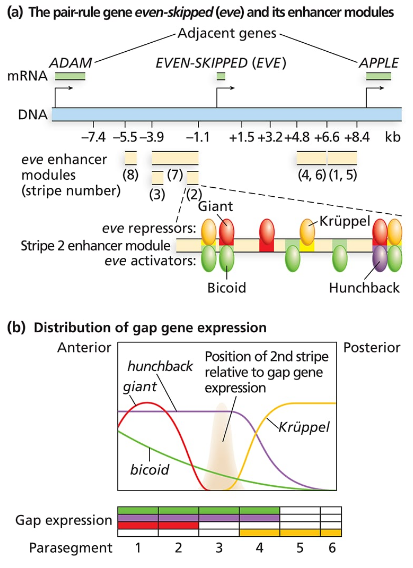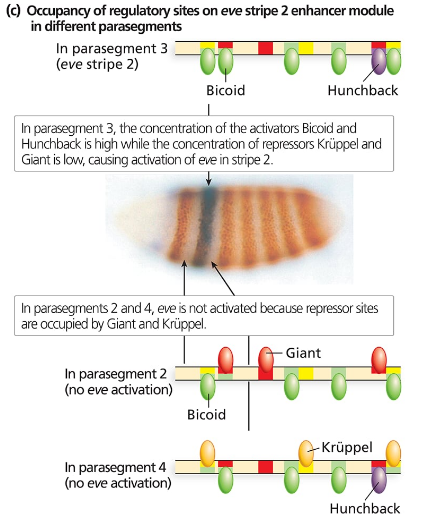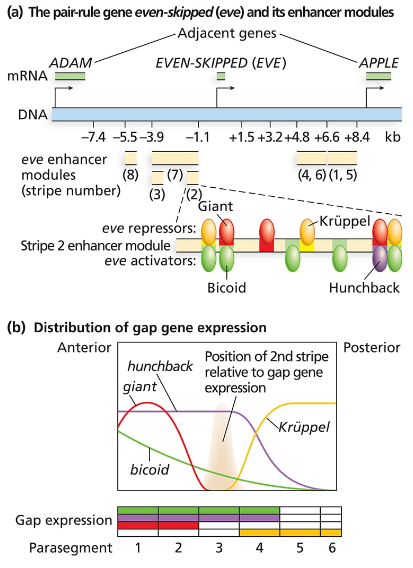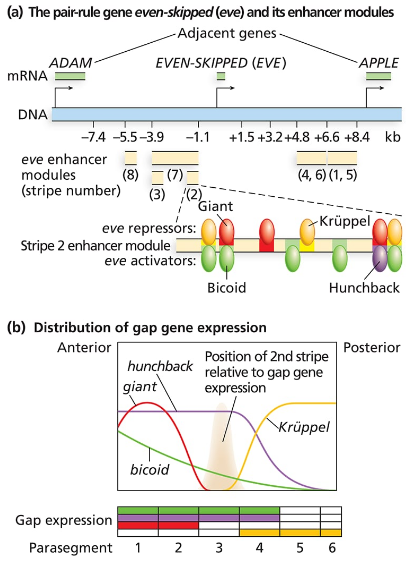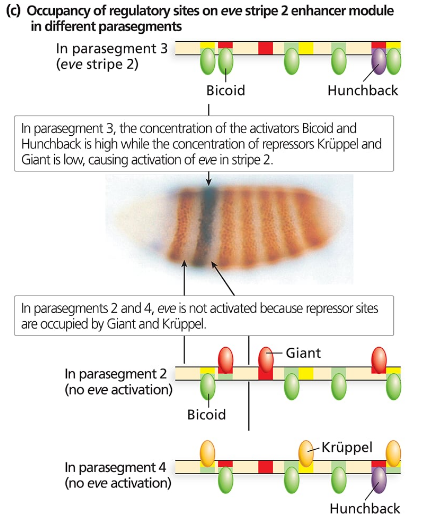 Back
BackProblem 1
Explain why many developmental genes encode either transcription factors or signaling molecules.
Problem 2
Bird beaks develop from an embryonic group of cells called neural crest cells that are part of the neural tube, which gives rise to the spinal column and related structures. Amazingly, neural crest cells can be surgically transplanted from one embryo to another, even between embryos of different species. When quail neural crest cells were transplanted into duck embryos, the beak of the host embryo developed into a shape similar to that found in quails, creating the 'quck.' Duck cells were recruited in addition to the quail cells to form part of the quck beak. Conversely, when duck neural crest cells were transplanted into quail embryos, the beak of the embryo resembled that of a duck, creating a 'duail,' and quail cells were recruited to form part of the beak. What do these experiments tell you about the autonomy or nonautonomy of the transplanted and host cells during beak development?
Problem 3
How is positional information provided along the anterior–posterior axis in Drosophila? What are the functions of bicoid and nanos?
Problem 4a
Early development in Drosophila is atypical in that pattern formation takes place in a syncytial blastoderm, allowing free diffusion of transcription factors between nuclei. In many other animal species, the fertilized egg is divided by cellular cleavages into a larger and larger number of smaller and smaller cells.
What constraints does the formation of a syncytial blastoderm impose on the mechanisms of pattern formation?
Problem 4b
Early development in Drosophila is atypical in that pattern formation takes place in a syncytial blastoderm, allowing free diffusion of transcription factors between nuclei. In many other animal species, the fertilized egg is divided by cellular cleavages into a larger and larger number of smaller and smaller cells.
How must the model that describes Drosophila development be modified for describing animal species whose early development is not syncytial?
Problem 5a
Consider the even-skipped regulatory sequences in the following figure:
How are the sharp boundaries of expression of Eve Stripe 2 formed?
Problem 5b
Consider the even-skipped regulatory sequences in Figure 18.9.
Consider the binding sites for gap proteins and Bicoid in the stripe 2 enhancer module. What sites are occupied in parasegments 2, 3, and 4, and how does this result in expression or no expression?
Problem 5c
Consider the even-skipped regulatory sequences in Figure 18.9.
Explain what you expect to see happen to even-skipped stripe 2 if it is expressed in a Krüppel mutant background. What about a hunchback mutant background? A giant mutant background? A bicoid mutant background?
Problem 6
What is the difference between a parasegment and a segment in Drosophila development? Why do developmental biologists think of parasegments as the subdivisions that are produced during the development of flies?
Problem 7
Why do loss-of-function mutations in Hox genes usually result in embryo lethality, whereas gain-of-function mutants can be viable? Why are flies homozygous for the recessive loss-of-function alleles and viable?
Problem 8
Compare and contrast the specification of segmental identity in Drosophila with that of floral organ specification in Arabidopsis. What is the same in this process, and what is different?
Problem 9
Actinomycin D is a drug that inhibits the activity of RNA polymerase II. In the presence of actinomycin D, early development in many vertebrate species, such as frogs, can proceed past the formation of a blastula, a hollow ball of cells that forms after early cleavage divisions, but development ceases before gastrulation (the stage at which cell layers are established). What does this tell you about maternal versus zygotic gene activity in early frog development?
Problem 10a
Ablation of the anchor cell in wild-type C. elegans results in a vulva-less phenotype.
What phenotype is to be expected if the anchor cell is ablated in a let-23 loss-of-function mutant?

